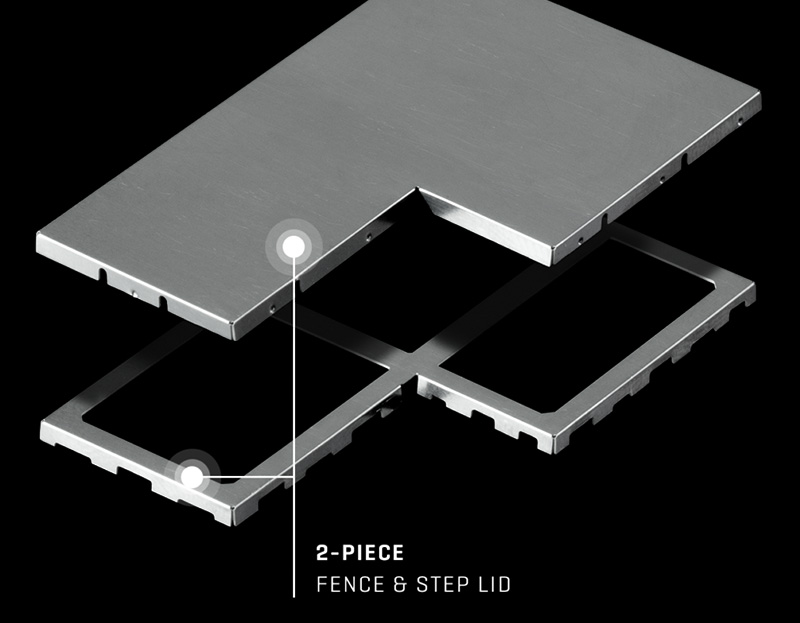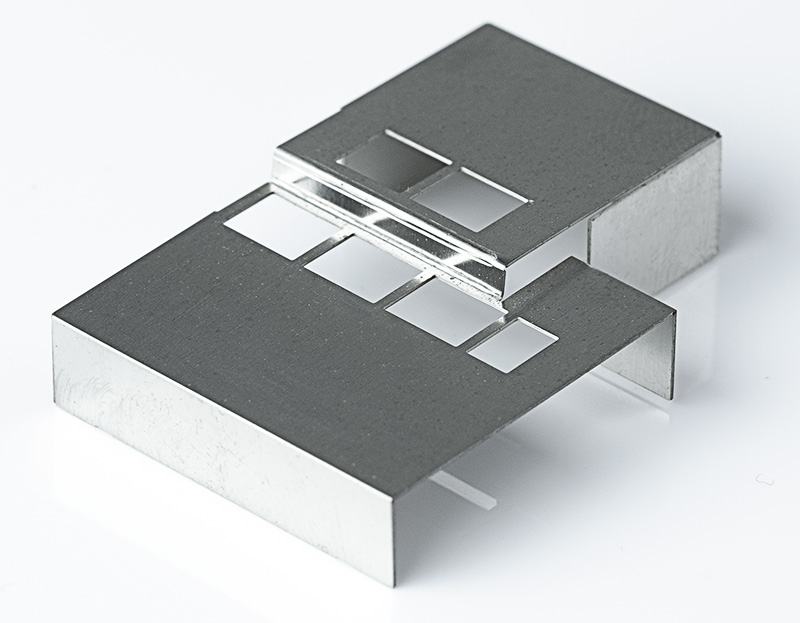How to Increase Flexibility with Circuit Board Level Shielding

With today’s electronic devices becoming smaller and smaller, there is a greater need for enclosures and shapes that can accommodate those market demands.
Board level shielding effectively reduces or limits the effect of electromagnetic interference (EMI) while offering more flexibility as compared to traditional shielding.
 Design Flexibility
Design Flexibility
Traditional shielding is generally square or rectangular in shape. Placing those on irregular boards poses a clear challenge. With custom board level shielding, various board layouts can be accomodated. Engineers who choose board level shielding can then focus on effective board design without being limited by the shape and construction of the EMI shields.
Additionally, multi-cavity board level shielding minimizes the amount of space needed to shield individual areas. The use of multiple traditional shields requires each to have its own ground trace with space in between them, which takes up much more space.
The design flexibility of board level shielding also allows for implementation of other necessary features such as mouse holes to avoid coupling, entry points for cables and connectors and air perforations to aid in cooling. This flexibility enables components and circuits to be placed in their ideal location without having to scrutinize shielding requirements.
Integration Flexibility
As we already mentioned, the design and construction of board level shielding increases the available space within the enclosure. When using stock components and cans in traditional shielding, it is necessary to leave sufficient standoff space to eliminate shorting between the tallest component on the board and the inside surface of the can. This additional space can be eliminated by using board level shielding because these are made of a lightweight, metalized plastic with a non conductive surface on the inside.
Traditional shielding also typically has a uniform height. This means the tallest component in a shielded area dictates the height of the enclosure for that area. Board level shielding allows an engineer to vary the height of the shield within any cavity, which provides additional z-axis flexibility to accommodate surrounding components or enclosure features.
 In Conclusion…
In Conclusion…
While engineers have often turned to traditional shielding, the shape, metallic construction and space requirements are all obstacles to effectively meeting shielding requirements. Board level shielding reduces or limits the effect of electromagnetic interference (EMI) while offering increased design and integration flexibility every step of the way.
How Switzer Can Help
As industry leaders in EMI shielding production, Switzer knows that flexibility is key to meeting unique shielding needs. Our built-in efficiencies and a wide variety of board level shielding options allow access to critical infrastructure while minimizing a project’s functionality.
We offer:
- Two-Piece Fence & Removable Lid Designs
– Clip or dimpled closure methods
– Segmented enclosures
– Spot Weld or soldered corners - Single Piece: Surface Mount & Pin Mount
- Low Profile
- Screen Shields
Learn more about our board level shielding capabilities and request a consultation to further discuss your EMI/RFI shielding requirements.
Read More →
